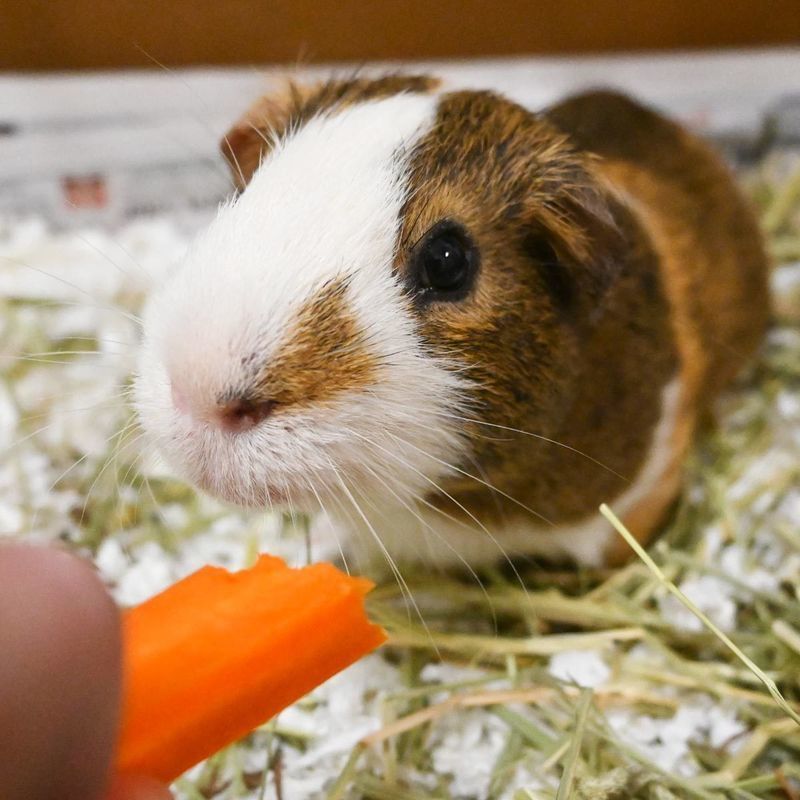Hamsters were living in relative obscurity until just 70 years ago when a zoologist discovered a family of these rodents in the Syrian Desert. Today, hamsters' friendly nature and adaptability have placed them among America's most popular small pet.
Below is an outline on how to fulfill the special needs of these cuddly creatures.
1. Set up the house
When putting together a hamster's living quarters, consider the animal's natural habitat. In the wild, hamsters live underground, emerging under cover of darkness to search for food. Domestic hamsters still prefer the "night shift", so it's best to house them in a quiet, dimly lit room away from drafts, direct sunlight, and noisy animals. A 10-gallon aquarium is usually suitable for hamsters, as long as the top of the tank allows for proper ventilation and is fastened securely. Line the bottom of the tank and add shredded white paper or wood shavings for burrowing and nest building. Avoid using cedar shavings. They can cause respiratory problems.
2. Give them their privacy
Hamsters are solitary creatures who must be kept in separate quarters. They will most likely fight if they are forced to share space. Even hamsters housed in quiet small-animal rooms still need hiding places within their tanks to feel secure in their surroundings. Empty tissue boxes and toilet paper rolls can be used for both burrowing and chewing. Hamsters are notorious nibblers.
3. Stock the pantry
Hamsters have high metabolism and should have constant access to food and water. Some hamsters like to sit in their food dishes, so use a heavy ceramic dish to decrease the likelihood of food spillage and prevents them from chewing on the dish. Hamsters enjoy a varied diet that includes grain and seed mixtures made especially for hamsters as well as certain kinds of fruits and vegetables, including spinach, lettuce, carrots, cauliflower, apples, and other fruits. Stay away from raw beans, apple seeds, sprouting potato buds, parsley, and green parts of tomatoes, they are all foods that can be poisonous to hamsters.
4. Practice good housekeeping
Hamsters sleeping hours are during the day, so schedule cleaning, feeding, and handling in the evening. Bedding should be changed twice a week. When handling a hamster, always hold it over a surface such as a tabletop or your lap in case it manages to wiggle out of your hands.









